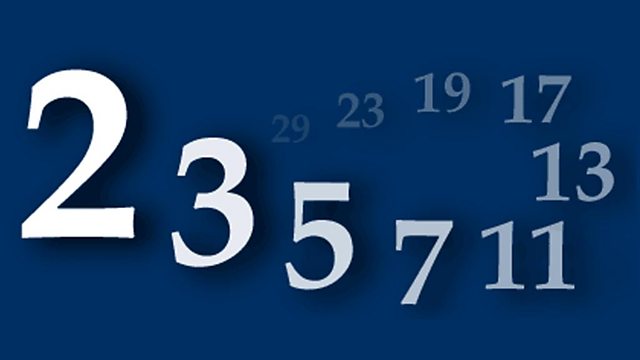Kepler's Conjecture
Johannes Kepler experimented with different ways of stacking spheres. He concluded that the 'face-centred cubic lattice' was best. But, how do you prove it?
Sir Walter Raleigh was a poet, adventurer and all-round Elizabethan scallywag. In between searching for El Dorado and harrying the Spanish fleet, he is credited with introducing the humble potato to England. He was also the first Brit to seriously go over their Duty Free tobacco allowance on his return from the Americas.
One of his more obscure contributions to posterity however, lies in mathematics. Raleigh wanted to know if there was a quick way of estimating the number of cannonballs in a pile.
In 1606 this problem was presented to German astronomer, Johannes Kepler, who took it on but adapted it significantly. His concern wasn't with how many cannonballs, but with how to pack them in the most efficient way.
Kepler experimented with different ways of stacking spheres. He concluded that the 'face-centred cubic lattice' was the most efficient. If you arrange 100 oranges (cannonballs were replaced by oranges for convenience's sake) in a flat layer of 10x10 and then place a similar layer directly on top, you have created a 'simple cubic lattice'. Provided your oranges haven't rolled apart, your pile has a packing efficiency of only 52% - you're effectively stacking as much air as oranges.
With Kepler's 'face-centred cubic lattice' the first layer of oranges is formed in the same way you would spread penny coins on a desk to cover it leaving the least amount of gaps. Nature seems to dictate that a penny, surrounded by 6 others in a honeycomb arrangement, is best. Replicate this with your oranges. Then for the second layer, place your fruit in the 'dimples' created by the honeycomb beneath. Each successive layer is then built in the same way so the pile forms a pyramid. Using this method, Kepler calculated that the packing efficiency rose to 74%, constituting the highest efficiency you could ever get. But, how to prove it? There are untold ways that oranges can be stacked and any of these might yield a higher percentage.
The conjecture dogged mathematicians for centuries. The general feeling was that a proof might never appear.
Then in 1998, American Professor Thomas Hales stunned the world of mathematics. Aided by his research student Samuel P. Ferguson, Hales devised a monster equation based on a cluster of 50 spheres. The equation and its 150 variables expressed every conceivable arrangement of these spheres. They then used computers to confirm that no combination of variables led to a packing efficiency higher than 74%. 250 pages of argument and 3 gigabytes of computer files proved them and Kepler right.
So, 400 years after posing his question, Sir Walter can finally be given an answer of sorts. It might not have helped with estimating how many cannonballs he had left to face down the Spanish, but it would have allowed him to pack his spuds most efficiently.
Last on
More episodes
Broadcast
- Thu 30 Oct 2003 15:45主播大秀 Radio 4

